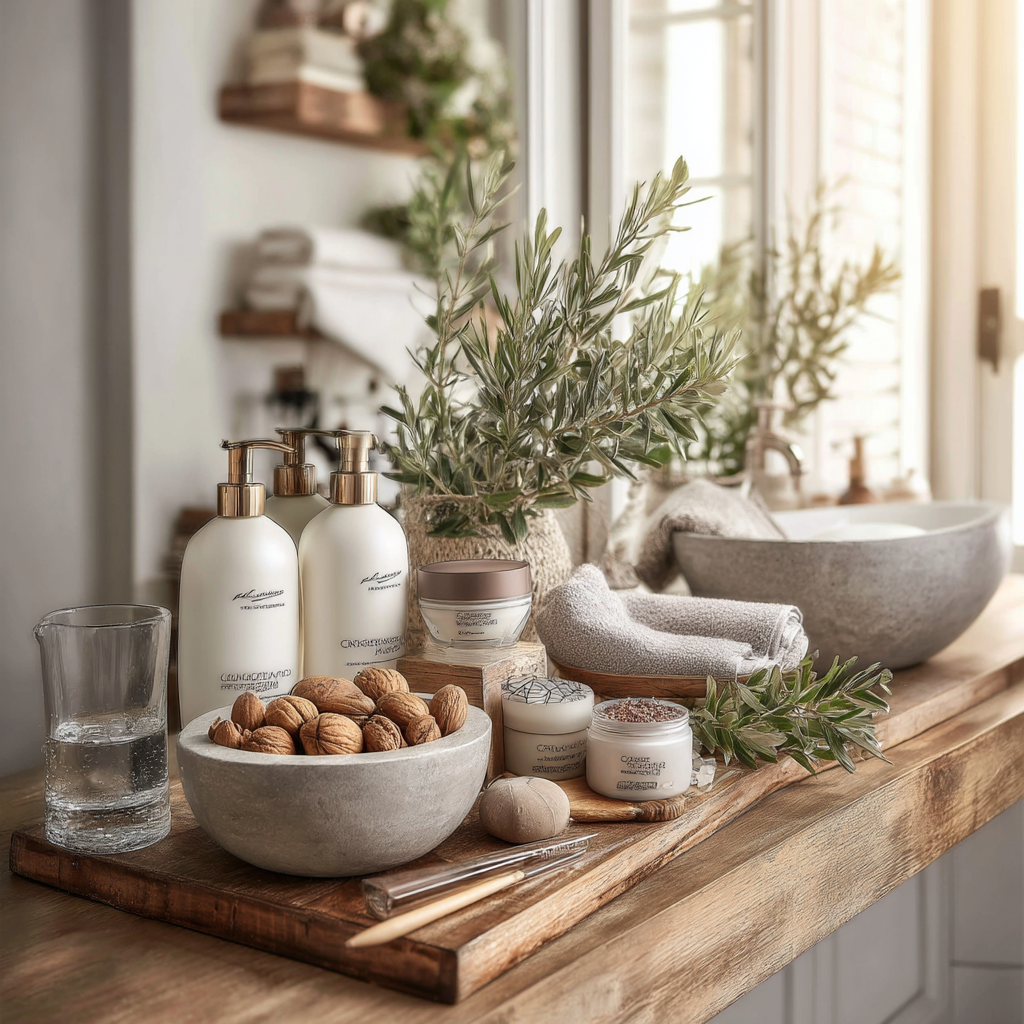How to Restore the Hydro-Lipid Barrier: Treating Sensitive Skin
Every one of us dreams of beautiful, healthy skin, but what should we do when it becomes sensitive, loses moisture, and lacks luster? Here, the restoration of the hydro-lipid barrier comes into play — one of the essential tasks for maintaining skin health. This barrier, which serves as a protective film on the surface of the epidermis (the outermost layer of skin), is crucial for retaining moisture and protecting us from external aggressors. Understanding its vital role and adopting the right approach to its restoration can help us avoid many problems and significantly speed up the rehabilitation process after plastic surgeries.
In this fascinating journey, we will explore the nuances of restoring the hydro-lipid barrier, focusing on the most critical components, such as ceramides, cholesterol, and fatty acids, which play a key role in maintaining the health of our skin.
What Is the Hydro-Lipid Barrier and Why Is It So Important?
The hydro-lipid barrier, also known as the "mantle of health," is a thin film formed from water and lipids (fats) on the skin's surface. This barrier is the first line of defense that protects us from moisture loss, harmful allergens, and bacteria while keeping our skin in optimal condition. When this barrier is compromised, we experience unpleasant issues such as dryness, flakiness, and increased sensitivity. It's important to note that restoring the hydro-lipid barrier becomes especially relevant for those preparing for plastic surgery or undergoing rehabilitation afterward.
Causes of Hydro-Lipid Barrier Disruption
Many factors can negatively impact the state of the hydro-lipid barrier. Major "enemies" include aggressive skin cleansing, excessive use of acids and peels, and a lack of essential fatty acids and nutrients in the diet. Overexposure to cold, temperature fluctuations, and polluted air can also significantly affect skin condition. Considering all these aspects, it is crucial to understand that to successfully restore the hydro-lipid barrier, one must eliminate the factors contributing to its destruction.
Protocols for Restoring the Hydro-Lipid Barrier
When starting the restoration process, it is essential to remember that it is multidimensional and requires a comprehensive approach. The most effective restoration protocols can be consolidated into five main steps.
Step 1: Ultra-Gentle Cleansing
The first step in restoration is ultra-gentle cleansing. It is important to use mild cleansing products with a neutral pH, avoiding aggressive compositions containing alcohol or fragrances. You can simplify the washing process significantly: rinsing your face with lukewarm water is much more beneficial than using harsh gels. Opt for creamy or milky cleansers that will not excessively dry out your skin.
Step 2: Powerful and Prolonged Hydration
The next step is powerful and prolonged hydration. Damaged skin loses moisture faster than it can retain it. Therefore, be sure to incorporate products containing hyaluronic acid, betaine, allantoin, and panthenol into your routine. It’s especially important to pay attention to night creams and serums that work while you sleep, aiding the skin's recovery.
Step 3: Restoring the Lipid Layer
A critical point in the restoration of the hydro-lipid barrier is using products that contain ceramides, cholesterol, and fatty acids. Ceramides comprise more than half of all lipids in the stratum corneum (the outer layer of the skin) and serve as "cement" between cells, creating a waterproof barrier. Cholesterol provides flexibility to cell membranes and stability to the barrier, while fatty acids, such as linoleic acid, contribute to nourishment and reduce inflammation.
Step 4: Protection from External Factors
Don't forget to protect the hydro-lipid barrier from external factors. This includes daily use of SPF (sun protection factor) cream — even on cloudy days. It’s also important to maintain optimal indoor humidity and avoid excessive use of decorative cosmetics, particularly those containing alcohol.
Step 5: Professional and Nutraceutical Approaches
Sometimes, thorough restoration of the hydro-lipid barrier requires professional intervention. Cosmetologists use lamellar emulsions, ampoule concentrates, and dermocosmetics for the final stage of restoration. Don’t overlook nutraceuticals: Omega-3 fatty acids, vitamin C, and zinc can help support lipid synthesis from within.
Conclusion
Restoring the hydro-lipid barrier is not just a trendy practice but a necessary element for maintaining skin health, especially before plastic surgeries. The condition of the barrier directly affects the comfort of rehabilitation and the quality of results after procedures. Ensure that your skincare routine includes gentle cleansing, appropriate hydration, and protection from external factors. By caring for your hydro-lipid barrier, you will provide your skin with health, beauty, and resilience against all the challenges it may encounter along the way.
Do you want to keep up to date with the latest news about plastic surgery? Subscribe to my Telegram channel: https://t.me/By_Staisupov_ENG
Do you like to watch videos? More useful information is available here (the channel is in Russian, but you can always turn on auto-titles): https://www.youtube.com/@staisupov
All the results of plastic surgery can be found here: https://staisupov.com/results







